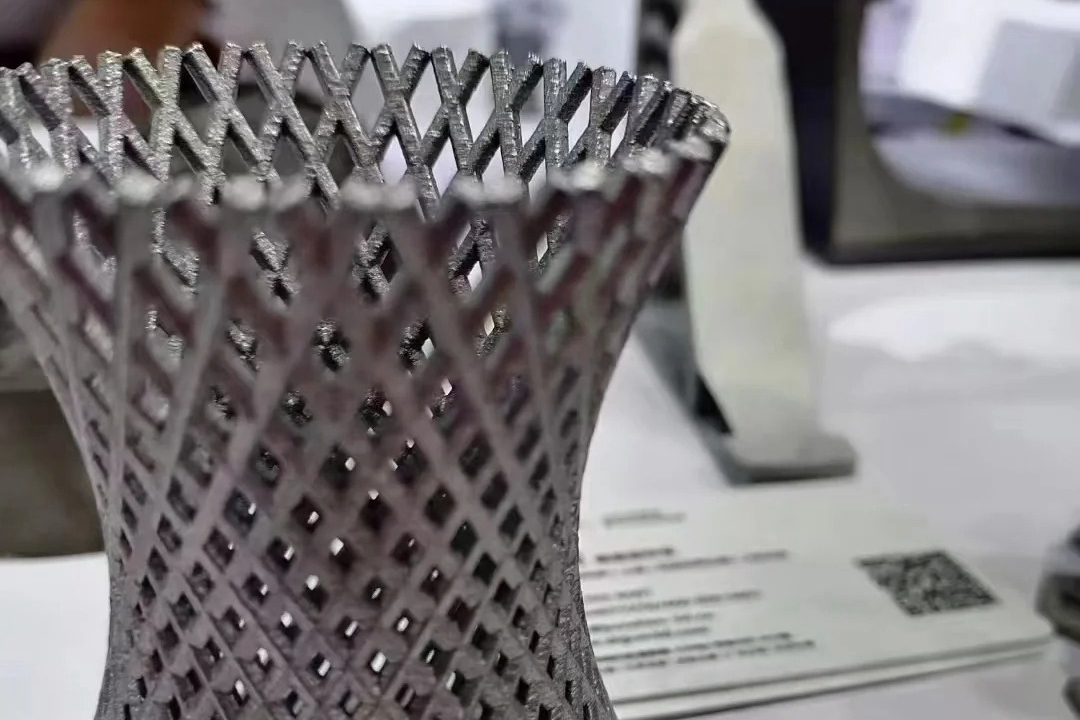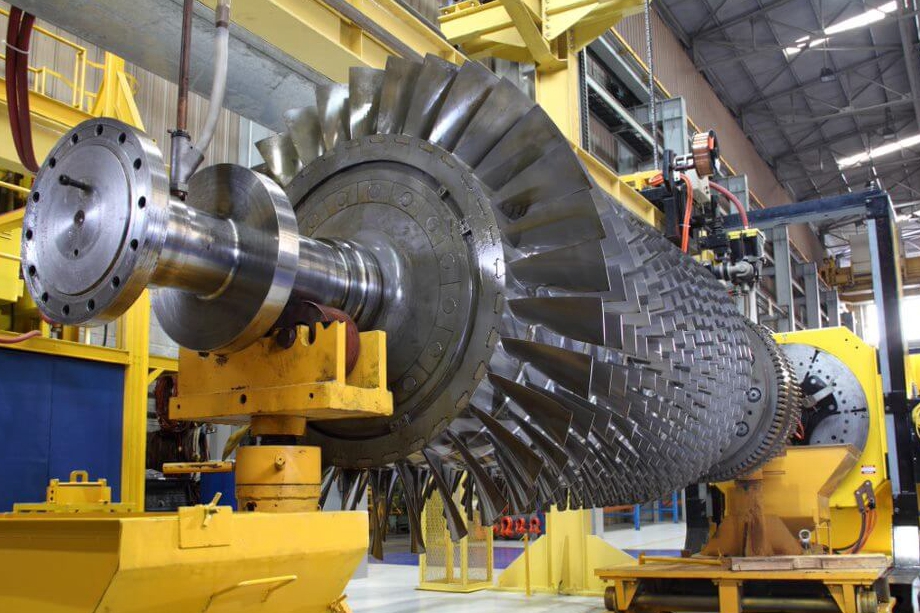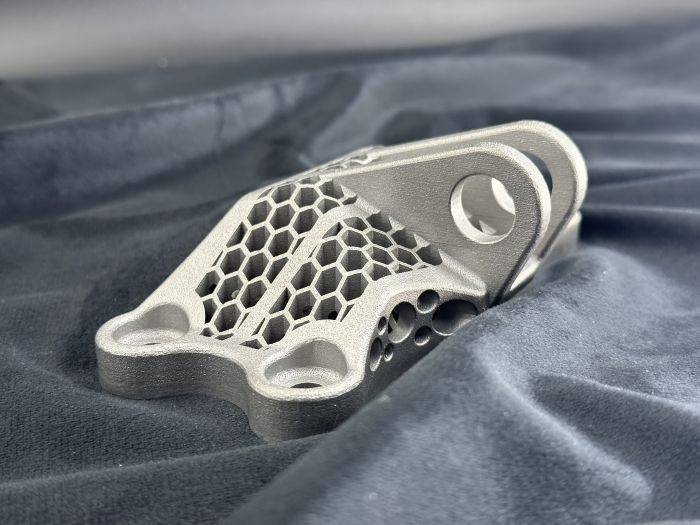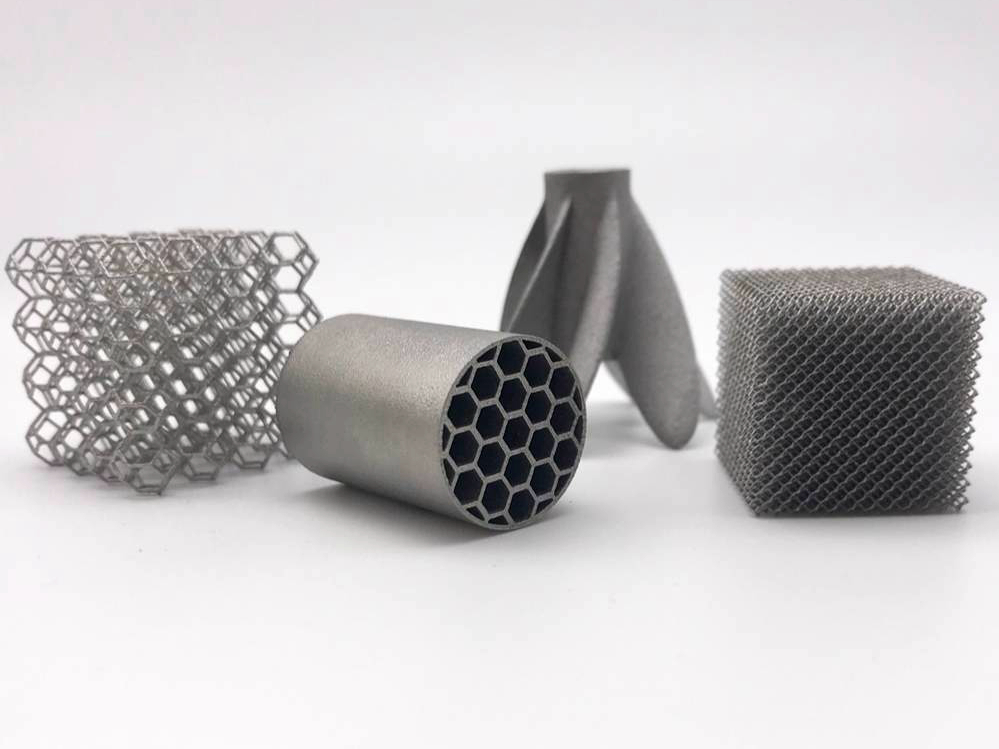What Are The 3D Printing Technologies Used for Superalloy Parts Additive Manufacturing?
 Additive manufacturing (AM), or 3D printing, is a transformative process that creates superalloy parts with complex geometries, high precision, and enhanced material properties. Superalloys, known for their ability to withstand extreme heat, corrosion, and mechanical stress, are commonly used in aerospace, energy, and medical device manufacturing industries. This blog delves into the key 3D printing technologies used for superalloy parts, examining the materials, applications, and benefits they provide across various sectors.
Additive manufacturing (AM), or 3D printing, is a transformative process that creates superalloy parts with complex geometries, high precision, and enhanced material properties. Superalloys, known for their ability to withstand extreme heat, corrosion, and mechanical stress, are commonly used in aerospace, energy, and medical device manufacturing industries. This blog delves into the key 3D printing technologies used for superalloy parts, examining the materials, applications, and benefits they provide across various sectors.
Direct Metal Laser Sintering (DMLS)
Direct Metal Laser Sintering (DMLS) is a leading 3D printing technology for manufacturing metal parts, including superalloys. DMLS utilizes a high-powered laser to fuse fine metal powder layer by layer, creating fully dense parts with high mechanical properties. The process is known for its ability to produce complex geometries that are difficult or impossible to achieve using traditional manufacturing methods.
Materials:
Inconel 625: Known for its resistance to oxidation and high-temperature strength, it is ideal for aerospace components like turbine blades and engine parts.
Inconel 718: This superalloy is widely used in high-stress aerospace and power generation applications due to its excellent creep resistance and ability to perform under extreme temperatures.
Hastelloy X: Offers superior high-temperature strength and resistance to oxidation and corrosion, commonly used in turbine engines and other high-performance applications.
Applications:
Aerospace: DMLS is extensively used to manufacture complex components such as turbine blades, brackets, and other engine parts requiring high strength-to-weight ratios.
Energy: Superalloy parts for turbines, combustion chambers, and other critical components in power generation require the durability and high-temperature resistance provided by DMLS-produced superalloys.
Medical: Titanium-based superalloy implants, such as joint replacements and dental components, benefit from DMLS's ability to produce custom, biocompatible parts with complex geometries.
Benefits:
High Material Density: DMLS produces dense, high-strength parts with mechanical properties comparable to traditional manufacturing methods.
Design Flexibility: The technology allows the creation of highly complex geometries that reduce material waste and enable optimized designs, such as internal cooling channels and complex lattice structures.
Minimal Post-Processing: DMLS parts often require minimal finishing work due to the precision of the printing process, which can reduce overall production time and costs.
Selective Laser Melting (SLM)
Selective Laser Melting (SLM) is a powder-bed fusion technology that uses a laser to fully melt metal powder, layer by layer, to build a solid part. Like DMLS, SLM is highly effective for producing superalloy parts with superior mechanical properties and minimal porosity.
Materials:
Inconel 718: A widely used superalloy in aerospace and automotive applications due to its excellent strength and resistance to heat and fatigue.
Titanium Alloys (e.g., Ti-6Al-4V): These alloys are ideal for lightweight, high-strength components in aerospace and medical implants.
Cobalt-Chrome: Typically used in medical applications such as hip implants, due to its strength, corrosion resistance, and biocompatibility.
Applications:
Aerospace: The production of turbine blades, heat exchangers, and other high-performance components that require high mechanical strength at elevated temperatures is a significant application of SLM in aerospace.
Medical: SLM is used to create custom implants and prosthetics, offering precise control over material properties such as strength and flexibility.
Automotive: Superalloy parts produced via SLM are ideal for high-performance automotive components such as turbochargers and exhaust systems, where strength and heat resistance are crucial.
Benefits:
Fully Dense Parts: SLM produces parts with 100% density, ensuring excellent mechanical strength and resistance to fatigue.
Superior Surface Finish: SLM parts are produced with high accuracy, often requiring minimal post-processing, leading to cost savings.
Complex Geometries: Like DMLS, SLM allows for creating intricate parts with internal features that are difficult or impossible to produce with traditional methods.
Electron Beam Melting (EBM)
Electron Beam Melting (EBM) uses an electron beam instead of a laser to melt metal powders in a vacuum. This process is particularly advantageous for superalloy parts that require high density and excellent mechanical properties.
Materials:
Titanium Alloys (e.g., Ti-6Al-4V): Known for their strength-to-weight ratio and corrosion resistance, titanium alloys are widely used in aerospace, medical implants, and high-performance industrial applications.
Cobalt-Chrome: Cobalt-chrome alloys are ideal for high-strength medical implants and dental applications due to their corrosion resistance and biocompatibility.
Inconel 718: This superalloy is widely used in aerospace and power generation for its excellent mechanical properties and heat resistance.
Applications:
Aerospace: EBM produces lightweight yet high-strength components such as turbine blades and engine parts, which need to endure high stresses and temperatures.
Medical: EBM is used to create custom implants and prosthetics, particularly in orthopedic and dental surgeries.
Energy: High-performance components for turbines, reactors, and other power generation equipment, which need to withstand extreme environmental conditions.
Benefits:
High-Performance Parts: EBM-produced parts exhibit exceptional mechanical properties, making them ideal for extreme environments in aerospace, energy, and medical applications.
Dense Parts: The process produces parts with minimal porosity, ensuring high strength and durability.
Cost-Effective for High-Volume Production: EBM is efficient for low to medium-volume production of complex superalloy parts, offering a good balance between cost and performance.
Binder Jetting for Superalloy Parts
Binder Jetting is an additive manufacturing process that uses a liquid binder to join powdered material. While Binder Jetting is typically used for casting molds and prototypes, it can also be utilized for superalloy parts, particularly for low-cost production and prototyping.
Materials:
Stainless Steel: Often used for creating superalloy components in non-structural applications.
Cobalt-Chrome: Suitable for creating molds and tooling components used in manufacturing superalloy parts.
Applications:
Casting Patterns: Binder Jetting is commonly used to create molds for casting superalloy parts, especially in aerospace, automotive, and energy sectors.
Prototyping: Ideal for quickly producing prototypes of superalloy parts, allowing manufacturers to evaluate design functionality before scaling up production.
Benefits:
Cost-Efficient: Binder Jetting offers a cost-effective solution for producing superalloy components cheaper than other methods like DMLS and SLM.
Fast Production: The rapid speed of the Binder Jetting process allows for quick creation of casting patterns and prototypes.
Multi-Material Capabilities: Binder Jetting can be used with multiple materials, providing more design and material selection flexibility.
Conclusion
The 3D printing technologies used for manufacturing superalloy parts, including DMLS, SLM, EBM, and Binder Jetting, offer distinct advantages tailored to industries requiring high-performance components. Whether it’s the high-temperature resistance and strength of Inconel in aerospace applications or the corrosion resistance of cobalt-chrome in medical implants, additive manufacturing ensures that superalloy parts are produced with the required material properties and complex geometries. Understanding the strengths and limitations of each technology allows manufacturers to select the best process for their specific needs, ensuring the highest quality and performance of superalloy components.
FAQs
Which 3D printing technology is best for manufacturing high-performance superalloy parts?
What superalloy materials are commonly used in Direct Metal Laser Sintering (DMLS)?
How does EBM compare to other additive manufacturing technologies for superalloys?
What industries benefit the most from using 3D printing for superalloy parts?
Can Binder Jetting be used for producing superalloy components, and what are its advantages?



